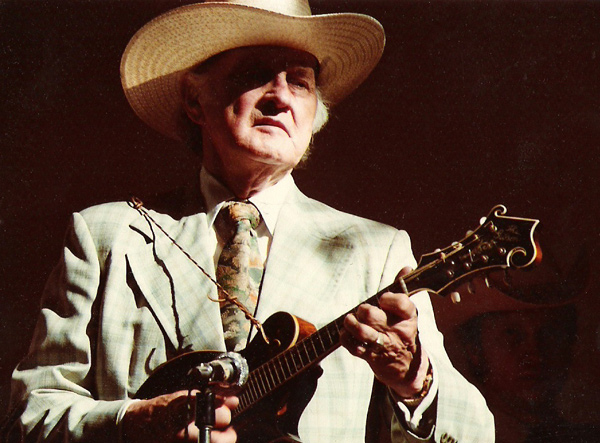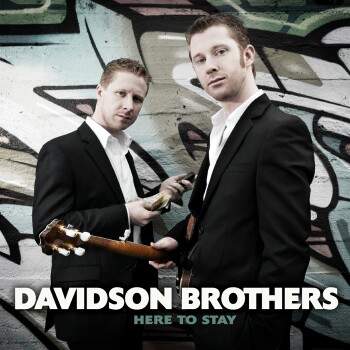 Traditional music brought by the English, Irish, Scottish and Welsh immigrants to the remote mountains of Appalachia, with a touch of jazz infused by African-Americans, was the inspiration of American bluegrass music. Traditional bluegrass is played using acoustic stringed instruments: the fiddle, guitar, five-string banjo, string bass and mandolin. At times, a dobro and harmonica join in. Bluegrass bands picked this selection from rural dance bands where these instruments were the ones used.
Traditional music brought by the English, Irish, Scottish and Welsh immigrants to the remote mountains of Appalachia, with a touch of jazz infused by African-Americans, was the inspiration of American bluegrass music. Traditional bluegrass is played using acoustic stringed instruments: the fiddle, guitar, five-string banjo, string bass and mandolin. At times, a dobro and harmonica join in. Bluegrass bands picked this selection from rural dance bands where these instruments were the ones used.
Reflecting the hardships of life in Appalachia, bluegrass songs are stories: tales of struggle and conflicts, love lost and changes forced on a dirt-poor land. This spirit, perhaps more than the vocal harmony which features a dissonant sound in the highest voice, should account for the description of bluegrass as a “high, lonesome sound”.
How the style came to be called “bluegrass” is part of the its folklore. Originally called plain “hillbilly” music, it was the singing style used by the Blue Grass Boys band of Bill Monroe, who hailed from Kentucky, the Bluegrass State. When other bands started to adapt the same style and a name for it had to be found, the most likely one was “bluegrass”, earning for Monroe the title of “father of bluegrass”.
Country music being what it is, other styles and genres crept their way into traditional bluegrass, raising the hackles of the traditionalists and creating some controversy along the way. Nevertheless, these are now the accepted sub-genres of bluegrass.

Traditional Bluegrass
Folk songs, simple chord progressions and acoustic instruments are the rule. Electrically amplified instruments are not used, although microphones are uallowed with the acoustic instruments when there are large audiences. Unless the songs are gospel-based, the guitar does not lead but acts as a rhythm instrument. Attempts to introduce other instruments like the accordion as part of the mix were rejected.
Progressive Bluegrass
Electric guitars, drums, piano and other instruments are used. Rock 'n roll songs as well as those borrowed from other genres are part of this style, as are chord progressions and improvisation in the jam-band style.
Bluegrass Gospel
Gospel music is incorporated into the artist's repertoire. Bluegrass Gospel artists make use of “a capella” choirs with a distinct harmony structure. Christian lyrics, soulful harmony singing and subdued instrumentals are part of this style.
Neo-traditional Bluegrass
Unlike most bluegrass bands which feature a solo artist, this style accepts more than one lead singer with the accompanying band.
Bluegrass enjoys a widespread following with many name performers recording bluegrass albums. Bluegrass festivals, like the Telluride Bluegrass Festival, have mushroomed, not just in the United States, but in such unlikely countries as the Czech Republic. A younger audience has jumped onto the bandwagon and come up with a style known as “jam grass”, blending bluegrass with jazz as a strong indication that bluegrass will continue to be a favorite of the generations to come.
Check out the Event Calender to see where the Davidson Brothers are playing next.


 Subscribe to RSS Feed
Subscribe to RSS Feed